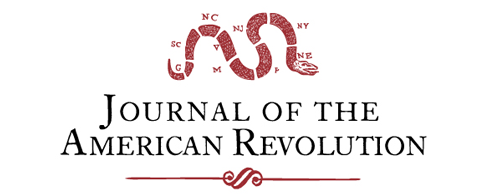The East Florida Gazette, 1783–1784
East Florida only had one newspaper in the colony’s entire history. The newspaper went live during the final year of the American War for Independence. The East Florida Gazette, sometimes referred to as the East Florida Gazette Extraordinary, was founded in 1783 by Dr. William Charles Wells. Dr. Wells migrated to St. Augustine, the capital […]
